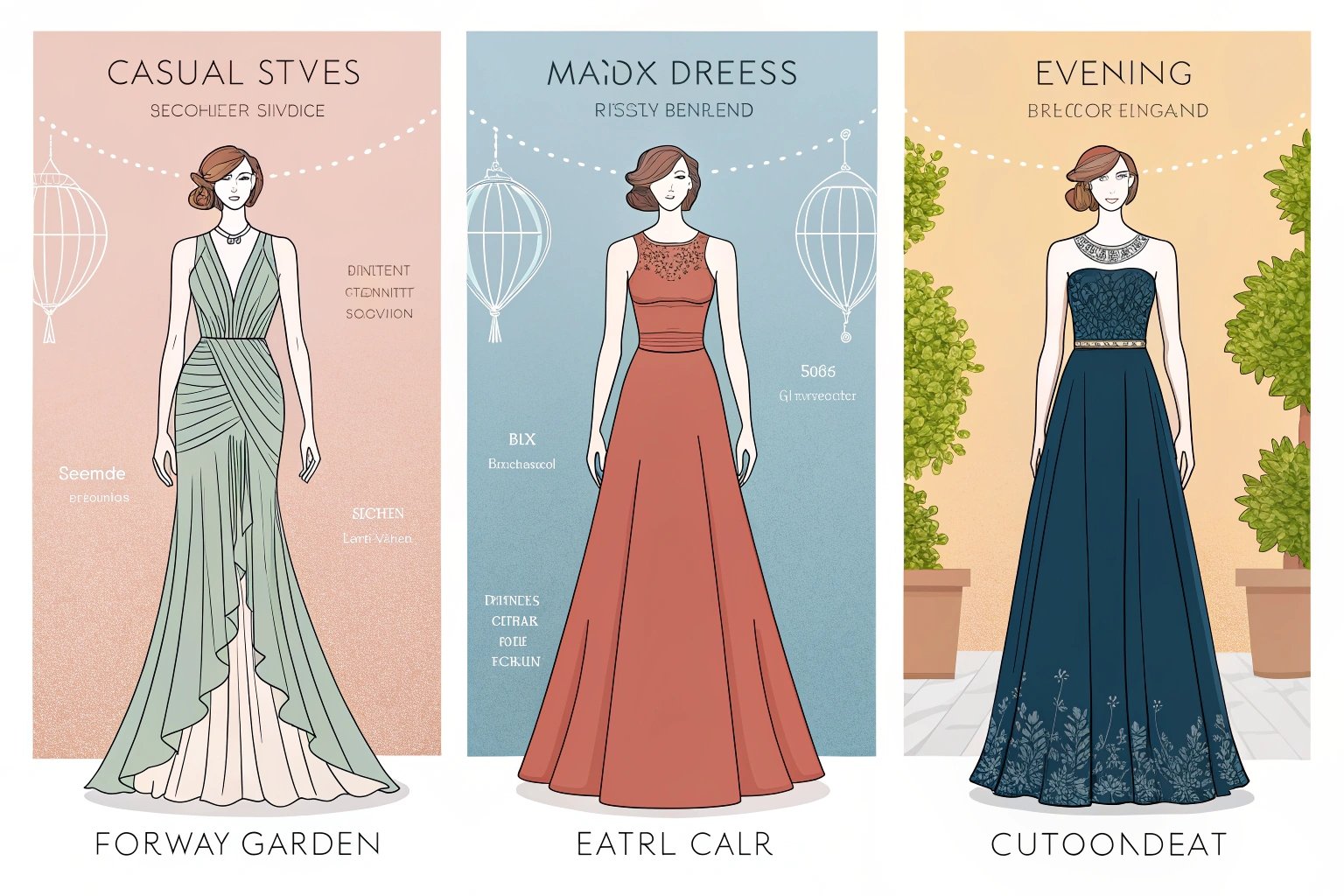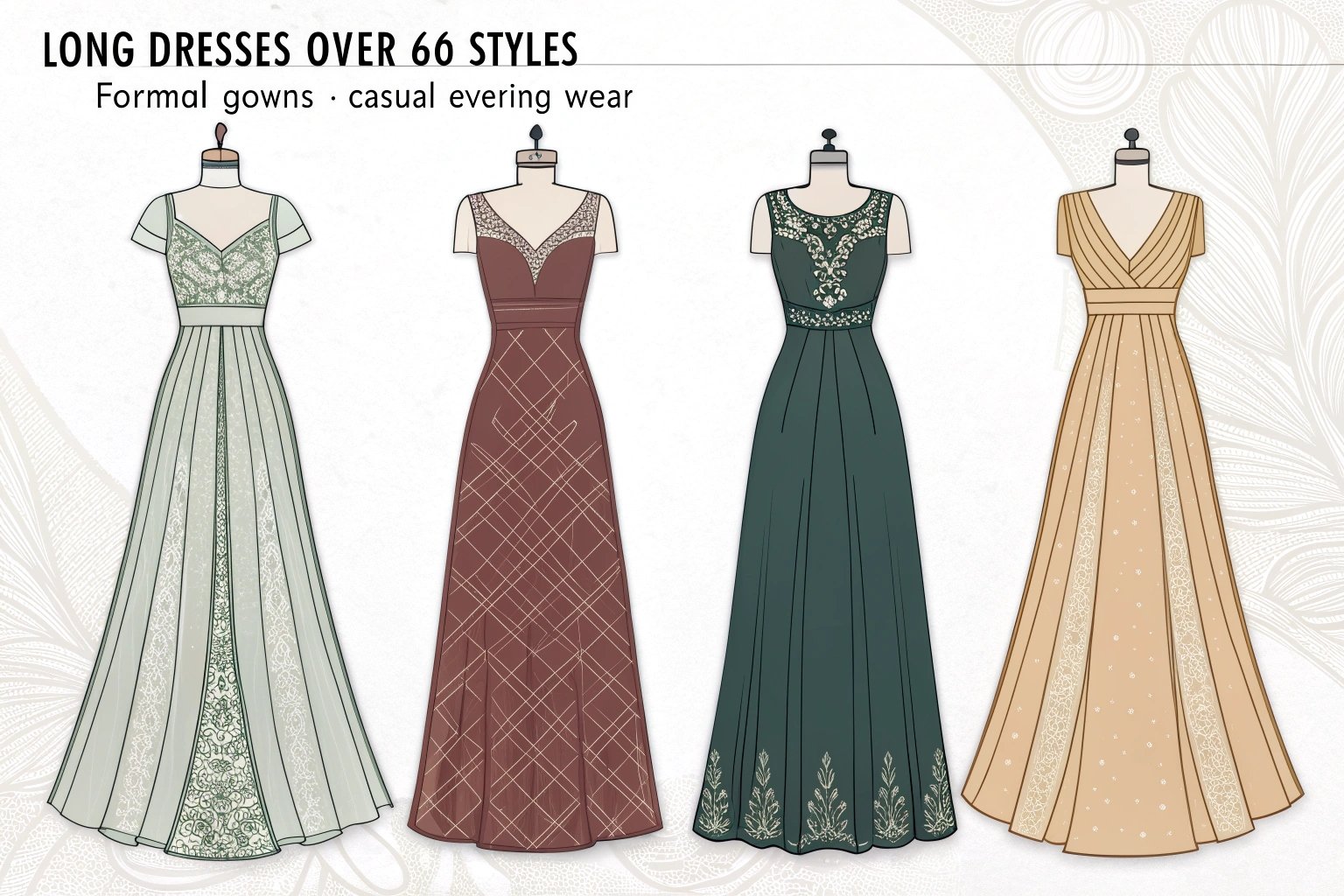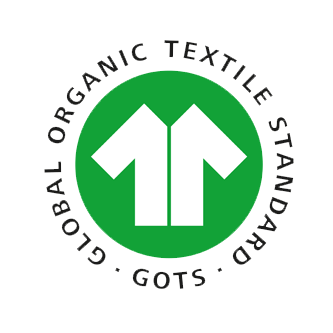Italy has long been regarded as one of the top destinations for high-quality clothing manufacturing. Known for its rich heritage in fashion and design, Italy remains synonymous with luxury, craftsmanship, and innovation. However, with its reputation for excellence comes a higher price tag. In this article, we’ll dive into why Italy’s clothing manufacturing is seen as expensive, how it compares to other global manufacturing hubs, and the long-term benefits of producing clothing in Italy.
While Italy may be pricier compared to countries like China or Bangladesh, the investment in Italian manufacturing often results in higher-quality products, stronger brand value, and customer loyalty1.
What Makes Italy a Leading Country for Clothing Manufacturing?
Italy has been a dominant force in the fashion industry for centuries. Its rich history of textile production2 and fashion design continues to shape its modern clothing manufacturing industry. Today, Italy is known for producing some of the highest-quality garments globally, ranging from high-end fashion to tailored clothing.
How Does Italy’s Reputation for Quality Affect the Cost of Clothing Manufacturing?
Italy’s manufacturing reputation is based on centuries of artistry, innovation, and the highest quality standards. Italian-made garments3 are considered luxury items due to their superior quality, and this directly impacts production costs. High-quality fabrics, precision in tailoring, and meticulous craftsmanship elevate the cost of manufacturing. Furthermore, manufacturers in Italy focus on maintaining the highest standards of craftsmanship, which translates into superior products but also higher operational costs. This is one reason why Italian-made clothing comes with a premium price tag.
Moreover, consumers worldwide associate "Made in Italy" with prestige, creating a market willing to pay higher prices for garments. Luxury fashion houses such as Gucci, Prada, and Valentino have set the standard for Italian clothing, reinforcing the belief that Italian manufacturing is synonymous with elegance and quality.

Garment Manufacturing Process
Why Is Italy Known for High-End Fashion and Luxury Apparel Production?
The Italian fashion industry has long been a symbol of craftsmanship and innovation. Cities like Milan are considered global fashion capitals, home to the most prestigious fashion brands in the world. Italy’s manufacturers are experts in creating fine fabrics, tailoring, and innovative garment design, which all contribute to the country’s stronghold in high-end and luxury apparel production. The rich heritage of Italian tailoring, especially in the realm of bespoke suits, has set the standard for the luxury fashion world, making it a destination for brands that want to offer exclusive, high-quality garments to their clientele.
How Do Italian Manufacturers Compare to Other Global Clothing Manufacturers in Terms of Cost?
When comparing Italy to other countries that manufacture clothing, the costs are undeniably higher. Countries such as China, Bangladesh, and Vietnam often offer lower labor and material costs, making them more attractive for brands focused on cost-saving. However, Italian manufacturers provide a level of craftsmanship, design, and quality that many other countries can’t replicate.
How Do Labor and Material Costs in Italy Affect Manufacturing Prices?
Labor costs in Italy are significantly higher than in countries like China or Bangladesh. The Italian labor market is governed by strict labor laws that ensure higher wages, better working conditions, and a skilled workforce. For example, a garment worker in Italy is paid up to 3-5 times more than a worker in countries such as China or Bangladesh. This naturally drives up the cost of manufacturing. Furthermore, the high cost of quality materials such as cashmere, silk, and wool adds to the overall expense.
Italy’s reliance on high-quality fabrics, which are often sourced locally, contributes significantly to manufacturing costs. The country’s manufacturers take great pride in using the finest textiles, which results in a more expensive production process. These materials are often imported from specialized European suppliers, and this supply chain dynamic contributes to higher per-unit costs.
| Country | Average Labor Cost per Hour | Materials Cost (Premium Fabrics) | Manufacturing Cost (Per Unit) |
|---|---|---|---|
| Italy | $18–$25 | $20–$60 per meter | $30–$80 |
| China | $3–$5 | $8–$30 per meter | $10–$30 |
| Bangladesh | $1.5–$3 | $5–$20 per meter | $5–$15 |
| Vietnam | $3–$6 | $10–$40 per meter | $12–$40 |
How Do Italian Manufacturing Standards Contribute to Higher Costs Compared to Countries Like China or Bangladesh?
Italian manufacturers are held to a high standard in terms of quality, ethics, and environmental regulations. For instance, Italian clothing manufacturers comply with European Union regulations, which require adherence to strict environmental standards, ethical labor practices4, and workplace safety standards. These regulations ensure that production is environmentally sustainable and workers are treated fairly, which adds to operational costs. In comparison, manufacturers in countries like China or Bangladesh may face fewer regulatory constraints, allowing for lower operating costs but at the expense of ethical or environmental standards.

What Are the Advantages of Manufacturing Clothing in Italy Despite the Higher Costs?
While Italy’s manufacturing costs may be higher, the benefits it offers in terms of quality, craftsmanship, and brand positioning are invaluable, particularly for premium or luxury clothing brands.
How Does Italy’s Skilled Workforce and Expertise Add Value to the Clothing Manufacturing Process?
Italy’s workforce is known for its expertise in every aspect of garment production, from fabric weaving to sewing and finishing. Skilled artisans and designers with years of experience contribute to the creation of high-quality garments. The workforce’s dedication to the craft ensures that every piece of clothing meets the highest standards of quality. Brands that choose Italy can rely on this expertise to produce clothing that reflects sophistication, style, and excellence.
Furthermore, Italian manufacturers often focus on smaller production runs, allowing for greater attention to detail and more customization, which is particularly important for luxury and high-end brands.
What Role Does Innovation and Design Play in Italy’s Clothing Manufacturing?
Italian manufacturers are leaders in integrating innovation into the clothing production process. From the use of state-of-the-art machinery to the adoption of eco-friendly materials and sustainable processes, Italy is at the forefront of fashion innovation. Additionally, Italian design houses continually push the boundaries of creativity and design, influencing global trends. These innovations in textile production, garment construction, and design make Italy an ideal destination for brands that aim to be trendsetters.
| Key Factors | Benefits to Manufacturing in Italy |
|---|---|
| Skilled Workforce | High level of craftsmanship in tailoring, cutting, and finishing |
| Technology | Advanced machinery for efficient production, especially in design and textile processes |
| Design Expertise | Italian design houses offer global innovation and trends |
| Sustainability | Growing focus on eco-friendly practices and sustainable materials |
How Do You Find Cost-Effective Italian Manufacturers for Clothing Production?
For startups and smaller brands, finding cost-effective manufacturers in Italy is crucial, especially if the production volume doesn’t justify the high per-unit costs of large-scale production. Fortunately, there are strategies to find manufacturers who can meet both quality and cost expectations.

What Are the Best Strategies for Negotiating with Italian Clothing Manufacturers?
When negotiating with Italian manufacturers, it’s important to:
- Start with clear communication: Be upfront about your budget, order volumes, and expectations from the outset.
- Ask about volume discounts: Many manufacturers offer lower prices as the order volume increases, so negotiating based on larger orders can help reduce costs.
- Explore local sourcing options: Choosing fabrics and materials from local Italian suppliers can reduce costs associated with importation.
How Can Small Businesses and Startups Benefit from Working with Italian Manufacturers?
Small businesses and startups can benefit from Italy’s reputation for quality while leveraging the country’s strong textile industry. By focusing on niche markets or offering unique, high-quality products, smaller brands can position themselves as premium labels with a higher profit margin, even if their manufacturing costs are higher.
What Are the Long-Term Financial Benefits of Manufacturing Clothes in Italy?
While manufacturing clothing in Italy may be more expensive upfront, it can provide long-term financial benefits5, particularly for brands aiming for high-value positioning.
How Can Italy’s Quality Standards Lead to Greater Brand Value and Customer Loyalty?
Products made in Italy are often associated with luxury, craftsmanship, and heritage. By manufacturing clothing in Italy, a brand can command higher prices and build a loyal customer base willing to pay a premium for quality. This increased brand value can lead to higher margins and long-term growth.
How Does Producing in Italy Enhance the Perceived Value of Your Clothing Line?
Manufacturing in Italy can elevate the perception of your brand, making it synonymous with sophistication and style. The “Made in Italy” label carries immense weight in the global fashion market, helping brands differentiate themselves from competitors and solidify their position in luxury markets.
Conclusion
Manufacturing in Italy may come with a higher price tag, but the benefits far outweigh the challenges, particularly for brands focused on luxury, design, and quality. The country’s world-renowned manufacturing standards, skilled workforce, and innovative practices make it an attractive option for brands looking to create premium clothing lines. By understanding the costs, advantages, and challenges of working with Italian manufacturers, you can make informed decisions that align with your brand’s goals and long-term success.
-
Learn how quality influences customer loyalty and repeat purchases in the fashion industry. ↩
-
Delve into the intricacies of textile production in Italy and its impact on garment quality. ↩
-
Learn about the unique qualities of Italian-made garments that justify their premium pricing. ↩
-
Discover the significance of ethical labor practices in the fashion industry and their impact. ↩
-
Discover the long-term financial advantages of choosing Italian manufacturing for your brand. ↩









